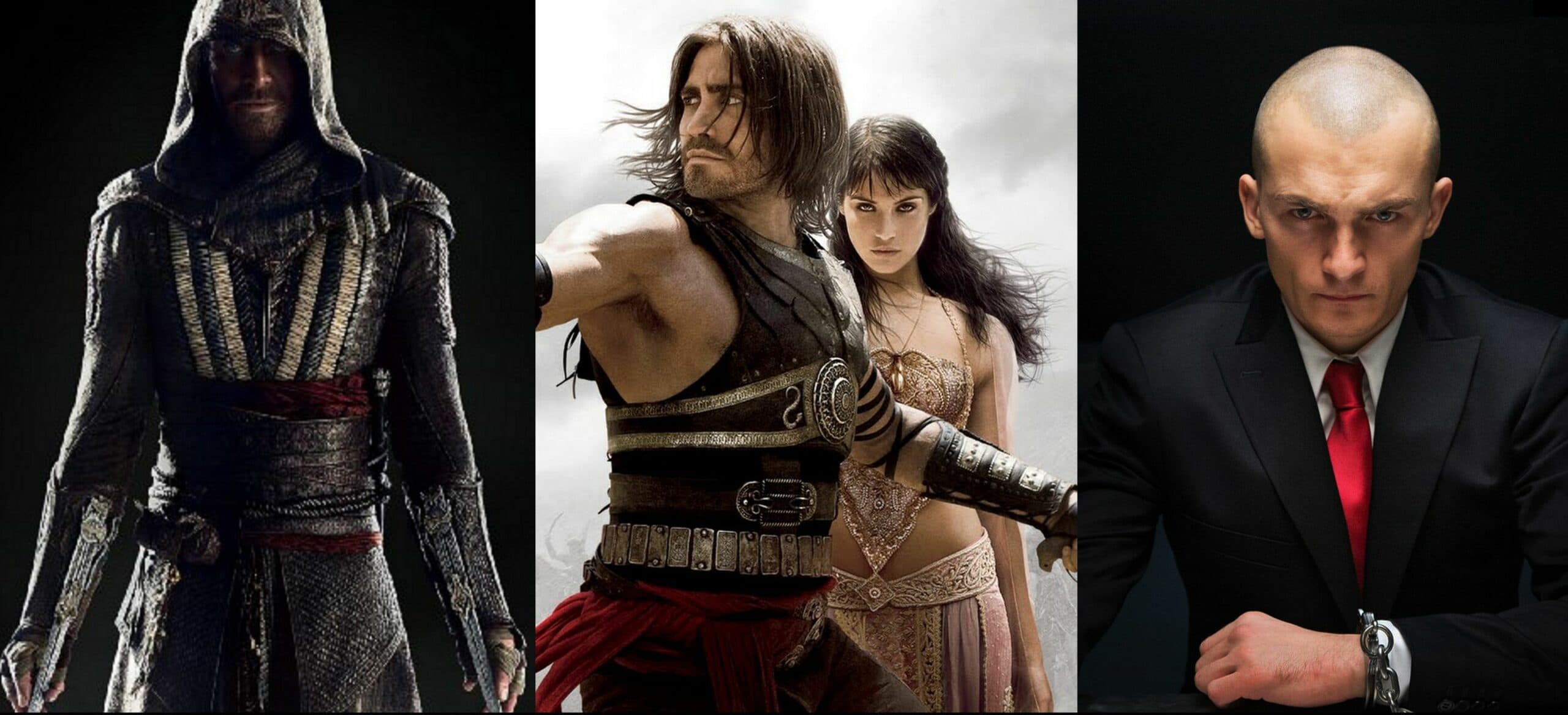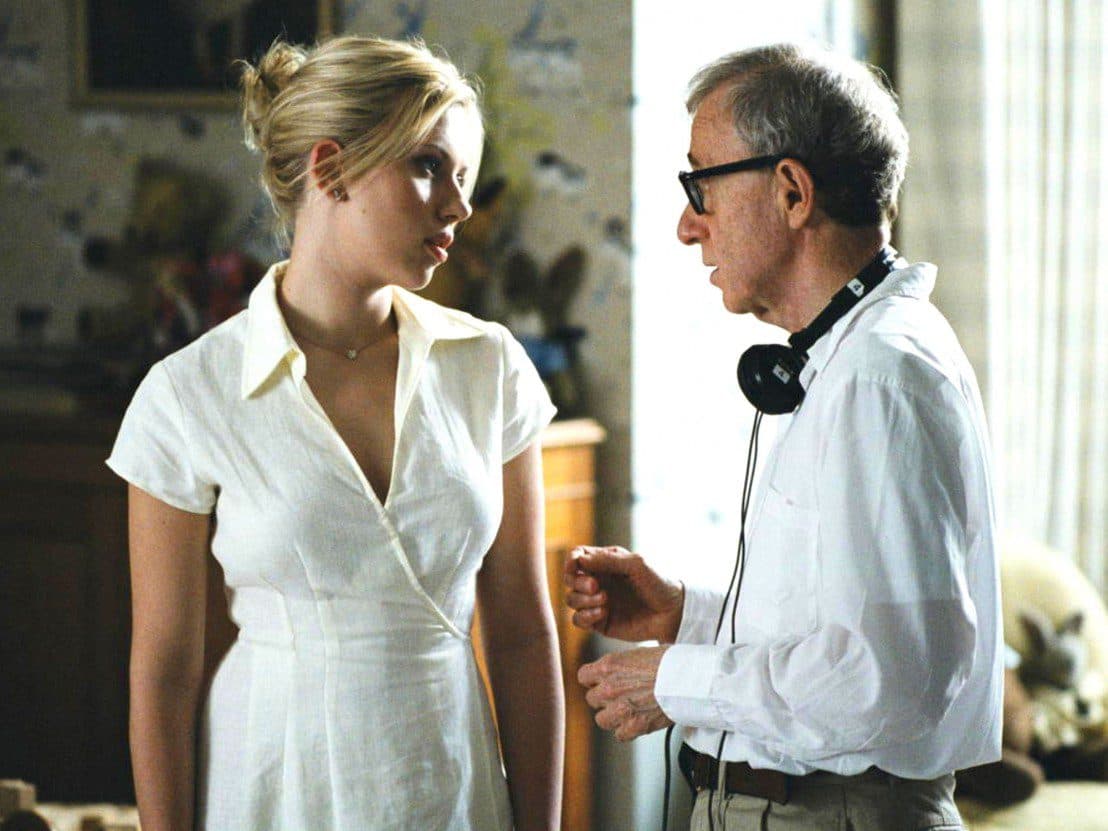Black Representation in Animated Movies: From Tiana to Today
Animation has taken us to amazing worlds. It introduces unforgettable characters and reflects society. For a long time, however, this reflection was narrow. Animated films from Disney and Pixar featured little black representation. Now, the animation landscape is changing, reflecting our diverse world.
Disney's Journey Towards Representation
Disney took time to engage in meaningful representation. Sure, there were side characters, but few leading roles for black characters. This changed with a princess and a frog.
Tiana: Breaking the Princess Barrier
Meet Tiana, from "The Princess and the Frog," released in 2009. Voiced by Anika Noni Rose, Tiana was Disney's first African American princess. This significance was profound. Young black girls saw a princess who looked like them and shared a culturally rich story.
Directors Ron Clements and John Musker, known for classics like "The Little Mermaid," set the story in New Orleans. This choice allowed them to naturally create a black princess. It was not forced diversity. The film explored New Orleans culture, jazz music, and dreams. "The Princess and the Frog" marked a significant moment in Disney's history and representation in animation.
Beyond Princesses: Expanding the Disney Universe
Following Tiana's influence, Disney introduced more black characters in key roles. These characters, while not always the leads, are significant. Joe Gardner from "Soul" is a good example. He is a jazz pianist and schoolteacher who takes center stage in the story. Penny Proud from "The Proud Family" also resonates with audiences.
Representation matters, even in supporting roles. Lieutenant Mattias from "Frozen 2" helps save Anna and Kristoff. Alisha Hawthorne, Buzz Lightyear's commander in "Lightyear," is another example. Cobra Bubbles from "Lilo & Stitch" adds diversity as a kind ex-CIA agent. These characters illustrate a Disney universe reflecting real-world diversity.
Looking to the Future: "Iwájú" and African Animation
Disney is venturing further with "Iwájú," an upcoming series set in futuristic Lagos, Nigeria. This project with Kugali Media aims to showcase African storytelling and talent. It hints at a shift towards including not just diverse characters but also varied stories and perspectives.
The Cultural Impact: More Than Just a Movie
"The Princess and the Frog" created a cultural moment. Tiana represented Disney royalty for black girls. Representation is about being seen and feeling valued. It reflects that everyone's stories matter and that anyone can be the hero of their narrative. Disney tapped into this power with Tiana.
Pixar's Perspective: "Soul" and Beyond
Pixar joined the conversation on representation with "Soul" in 2020. "Soul" features Pixar's first Black lead character, Joe Gardner, voiced by Jamie Foxx. Joe is not the typical animated hero. He is a band teacher passionate about jazz who dreams of performing at a prestigious club. The journey explores life, purpose, and meaning.
The casting of Jamie Foxx adds authenticity, supported by a predominantly black cast. Pixar did not only make a black character; they told a rich story featuring black culture and music. This was not just diversity for its own sake; it created a meaningful narrative.
Diversity as a Core Value at Pixar
Pixar emphasizes diversity and inclusion, both on-screen and off-screen. They understand that varied perspectives result in richer stories. Their commitment goes beyond words; it shows in their projects and storytelling methods. They create engaging films while fostering a diverse creative environment.
Expanding the Animated Universe: Beyond Disney and Pixar
Diversity in animation isn't limited to Disney and Pixar. Other studios contribute to a richer animated landscape. Netflix pushes boundaries with shows like "Entergalactic," created by Kid Cudi and Kenya Barris. This stunning animated series features a black lead character navigating love and life in modern New York City.
Early Pioneers: "Fat Albert" and the Cosby Kids
The journey of black representation has earlier roots. "Fat Albert and the Cosby Kids," from the early 1970s, featured an all-black cast. Despite Bill Cosby's complex legacy, "Fat Albert" addressed issues affecting inner-city black children through humor and song. It was an early effort in bringing black narratives to animated TV.
Black Characters in Anime and Beyond
Black narratives appear in global animation too. Shows like "The Boondocks" and "Afro Samurai," popular in the early 2000s, introduced black protagonists and stories to anime, merging styles with diverse narratives. These series showcased animation's versatility in storytelling across cultures.
Surprisingly, black representation arises in unexpected genres too. "Men in Black: The Animated Series" features diverse characters amid its sci-fi setting. "Good Times," a reimagining of a classic sitcom, brings back the Evans family with talented black voices like Yvette Nicole Brown.
Navigating Character Depictions: Beyond Simple Labels
Representation requires understanding character nuances. Dr. Facilier from "The Princess and the Frog" is significant as Disney's first African American villain. Important characters include complex figures from all backgrounds. Facilier, a voodoo antagonist, adds depth to the story, proving diversity within roles.
Representation must also be clarified. Moana celebrates Polynesian culture but is not black. She is Samoan, rooted in Pacific traditions. While Halle Bailey's casting as Ariel represents progress, the animated Ariel is traditionally white. This casting demonstrates steps toward better representation while differing from established characters.
Firsts and Milestones: A Look at Black Cinema History
The history of black representation in animation fits within the broader narrative of black cinema. Oscar Micheaux's "The Homesteader" (1919) is considered the first all-black movie, showcasing the journey toward including black stories in film.
Micheaux was a pioneer in black filmmaking. He made a film with an entirely black cast. This context matters for understanding the struggle for representation in film.
"The Homesteader" was a groundbreaking live-action film. "Fat Albert and the Cosby Kids" was the first cartoon series with an all-black cast. These milestones were vital steps for more representation.
Sidney Poitier was Hollywood's first black movie star. He won an Academy Award for Best Actor. His success opened doors for many black actors. Floyd Norman was Disney's first African-American animator. He inspired many artists of color.
Defining "Black Film": A Multifaceted Concept
The 1970s saw the rise of subgenres like blaxploitation films. These films had black actors in lead roles. They targeted black urban audiences. Blaxploitation films created opportunities for black filmmakers. They tackled themes important to black communities.
Film noir is linked to blackness too. The term means "black film" or "dark film" in French. French critic Nino Frank coined it in 1946. It described dark Hollywood films of that time. The term highlights the connection of "black" to a specific aesthetic.
Why Representation Truly Matters
The rise of black characters in animated films is significant. It reflects the world as it is. Halle Bailey as Ariel in the live-action "Little Mermaid" inspires young black girls. They see they can be princesses and heroes in their stories.
Pixar's commitment to diversity is vital. It's not just a responsibility; it's essential for creativity. Diverse perspectives improve storytelling and animation. As animation grows, including black characters is crucial. It creates a richer, more magical world for storytelling.













Responses (0 )